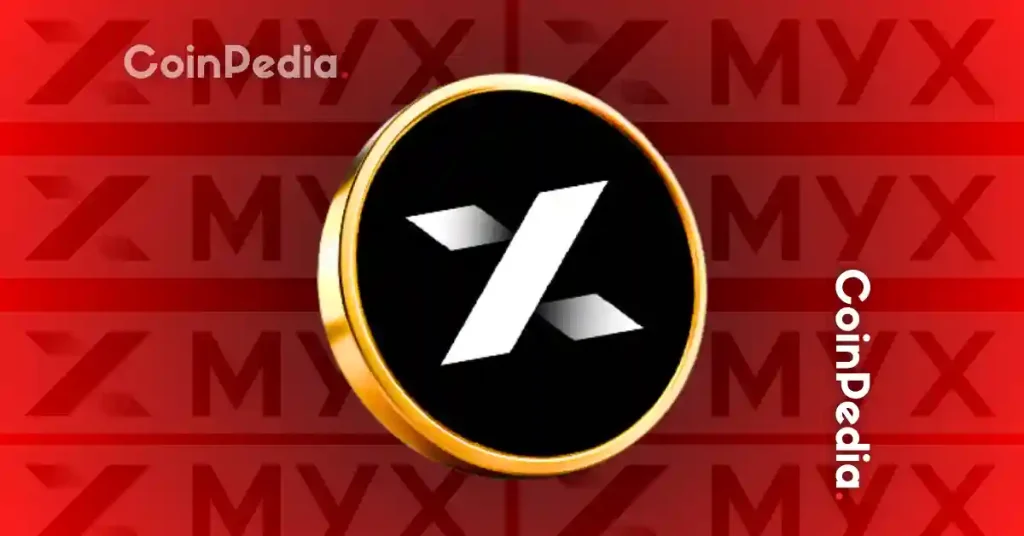
The FTX bankruptcy ensures that cryptocurrency regulation will finally be on the legislative agenda in the United States in 2023. Six bills have been proposed for 2022. Some were wide-ranging, while others focused on specific issues such as compliance and investor protection.
Clearly there is confusion. The Securities and Exchange Commission (SEC) and the Commodity Futures Trading Commission (CFTC) are vying for control. I hear a lot of opinions. Some of the most vocal voices call for zero regulation. The voices have come from industry insiders as well as opposition lawmakers who fear the regulation would rather allow crypto assets.
For my part, I want comprehensive crypto asset regulation. The United States has some of the most powerful financial markets in the world, largely because of regulation. Regulation makes crypto markets stronger.
However, the regulatory system for traditional finance was not established all at once. Over the decades, many rules have been created and evolved in response to catastrophes like the FTX bankruptcy.
The crypto industry is still in its early stages, but the problems we’ve seen with FTX are familiar. A problem we’ve already seen with QuadrigaCX and Mt.Gox. Regulatory oversight can begin now to prevent such losses.
Here are five modest and sensible steps that don’t require a lot of crypto knowledge.
1. Stablecoin reserve assets
Stablecoins play an important role in the crypto asset ecosystem. It has lower volatility than crypto assets and should be practical for everyday trading. However, it is not so stable in practice.
Stablecoins are supposed to be exchangeable one-for-one with underlying assets, but there is no legal requirement to require issuers to hold reserve assets equivalent to stablecoins in circulation. This is the problem. If a stablecoin loses its peg, it could lead to a flood of withdrawals by holders, creating a situation similar to a bank run.
That is exactly what happened with terraUSD in May 2022. terraUSD was not backed by reserve assets. It relied on transactions based on algorithms linked to the supply of the native cryptocurrency LUNA on the Terra blockchain.
Ironically, FTX founder Sam Bankman-Fried is currently under investigation for manipulating the terraUSD market, and it was the fall in terraUSD that exposed his wrongdoing on FTX. It was the beginning of a crisis.
That said, even if you don’t understand that, you do understand that if a stablecoin is backed by the US dollar, you need to hold the same dollar value as the stablecoin in circulation as a reserve asset. deaf.
Stablecoin issuers should be required to store reserve assets on a 1:1 basis in a bank insured by the Federal Deposit Insurance Corporation (FDIC).
Quarterly audits of reserve assets and real-time reporting of issuances and burns should also be mandatory. Furthermore, it is necessary to seek to diversify the custodial banks according to the size of the reserve assets to ensure their safety and soundness.
2. Separation of trading and custody
The market structure, in which customers deposit their assets on exchanges, is fundamentally flawed. Even if you don’t know cryptocurrencies, you can see why this is not a good idea. What if Nasdaq proposed to the SEC that it wanted to become a custodian? It can’t be.
It’s not just that it’s too easy to mess with the deposited assets. No matter how honest you are, there is the issue of counterparty risk.
Many exchanges also offer various forms of lending. We also do arbitrage, market making, trading and hedging. An exchange’s counterparty risk is the sum of the exchange’s risk and the risks of the markets it participates in, and it is impossible to measure the risk.
If there is anything to be learned from the FTX bankruptcy, assets should be held by an externally qualified, regulated and insured custodian. This creates checks and balances in the validation of reserve assets managed by exchanges.
Had trading and custody been decoupled, we might have spotted FTX’s partial reserves earlier. It would have prevented the hacking and theft of assets after filing for bankruptcy.
3. 100% digital exchange
Prohibit direct trading of crypto assets with fiat currency or off-chain assets. That way, every exchange can be audited on-chain and have a working proof of reserve.
Currently, proof of reserves provide transparency but are not a complete solution for determining solvency. There are two reasons.
First, it is not applicable to fiat currency reserve assets, which cannot be represented in digital form. Second, you cannot prove that you have no debt. Essentially, this is the most important thing.
FTX held fiat and crypto assets as reserve assets, but its liabilities far exceeded its reserve assets. As a regulated stablecoin, a pure cryptocurrency exchange that digitally represented fiat currency would have been able to do proof-of-reserve on any item in real time.
For liabilities, if settlement and clearing were all digital, we could create a fairly robust and efficient system with compliance built in.
Exchanges are now building their business in a hybrid way as they have no other choice. It would be far more powerful if we could get rid of all the old-fashioned forms and build our business in an all-digital environment.
4. Regulating the use of exchange joint wallets
Many cryptocurrency exchanges use joint wallets, where multiple customers’ assets are managed at a single address. Custodians can easily manage keys and streamline off-chain transactions.
The downside is that individual customers will not be able to see their own transactions and counterparty risk. In the unlikely event of bankruptcy, you will not know what will happen to your assets.
Joint wallets are only permissible if the assets are segregated in such a way that eligible custodians can track each customer in the joint wallet and provide bankruptcy protection to the customer. Custodians must also follow anti-money laundering (AML) and know your customer (KYC) rules.
5. Defining securities for the digital age
This is the most common complaint I hear about the US Securities and Exchange Commission (SEC). It still relies on the definition of a security created in the 1940s. Developers and entrepreneurs in the crypto industry have questions about how the rules apply to them.
Is it that difficult for the SEC to update definitions, provide detailed guidance, sensible rules, etc.? Clarifying definitions will go a long way in protecting innovators and investors.
The SEC should listen more to Governor Hester Peirce’s critical opinion that it should not be based on enforcement. Enforcement is clearly the SEC’s mandate, but it can make enforcement much easier by providing proper guidance in the first place.
What happened at FTX is a timeless financial scam. The only association with cryptoassets and blockchain technology is that the lack of regulation has provided a playing field for the bad guys.
What is needed now is basic oversight by regulators aimed at preventing catastrophic losses for investors. Developers are well equipped to design good systems that meet the requirements set by regulators. If scams like rag-pull can be prevented, we can start discussing more sensitive issues and build a more comprehensive regulatory framework.
We can get through the current difficulties. FTX is not the first exchange to have problems. It was just the largest ever.
You could call it a charlatan-caused disaster and go back to normal operation, but that would be setting the stage for the next failure. Take this opportunity to become better and stronger if you take a few simple steps in the direction you want to be successful.
Mr. Mike Belshe: CEO of BitGo, a financial service infrastructure provider that handles crypto asset custody.
|Translation and editing: Akiko Yamaguchi, Takayuki Masuda
|Image: Shutterstock
|Original text:A 5-Pronged Approach to Sensible Crypto Regulation After FTX
The post Crypto Asset Regulation in 5 Simple Steps: CEO of Bitgo[Opinion]| coindesk JAPAN | Coindesk Japan appeared first on Our Bitcoin News.

 2 years ago
117
2 years ago
117














 English (US) ·
English (US) ·